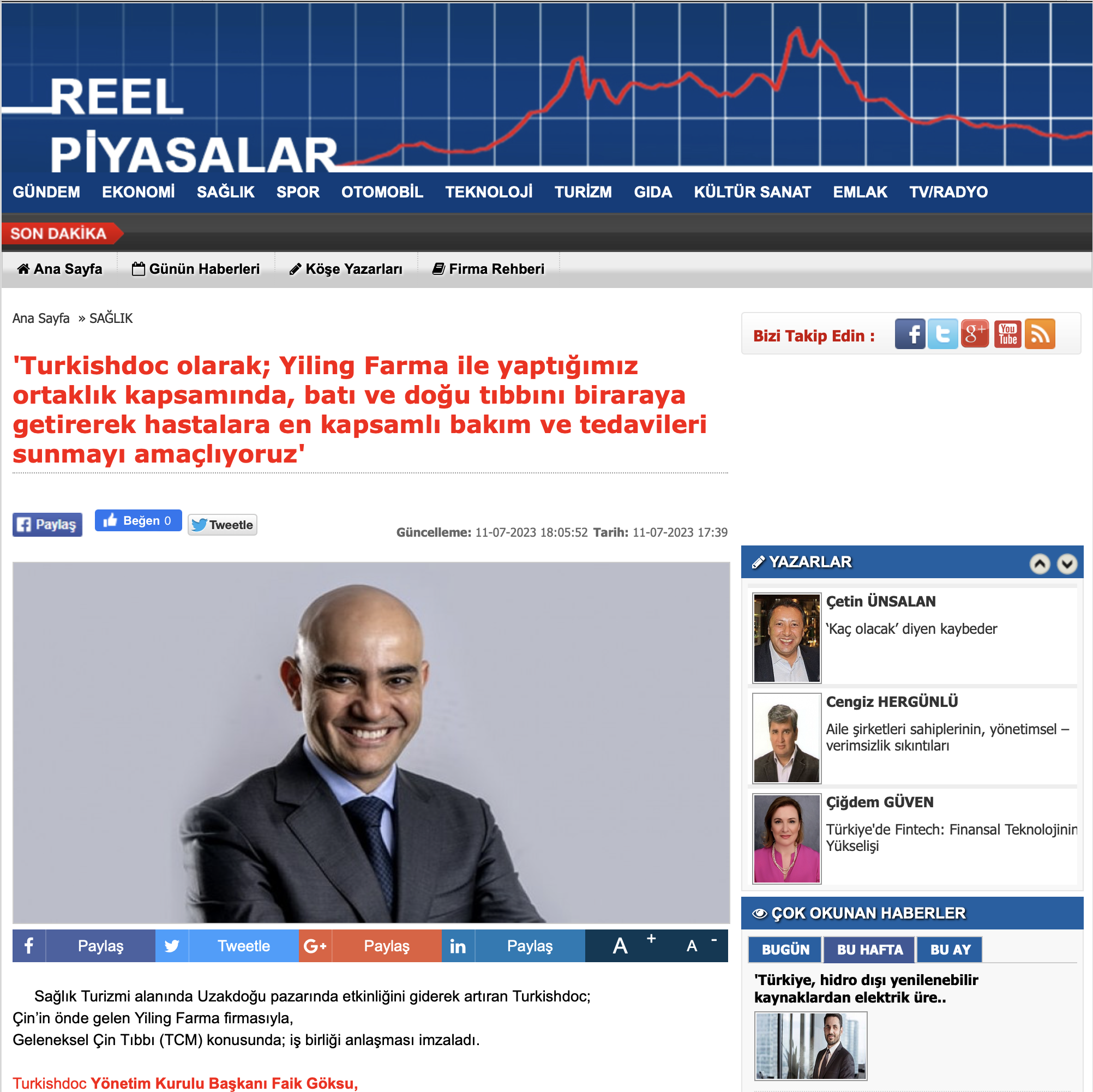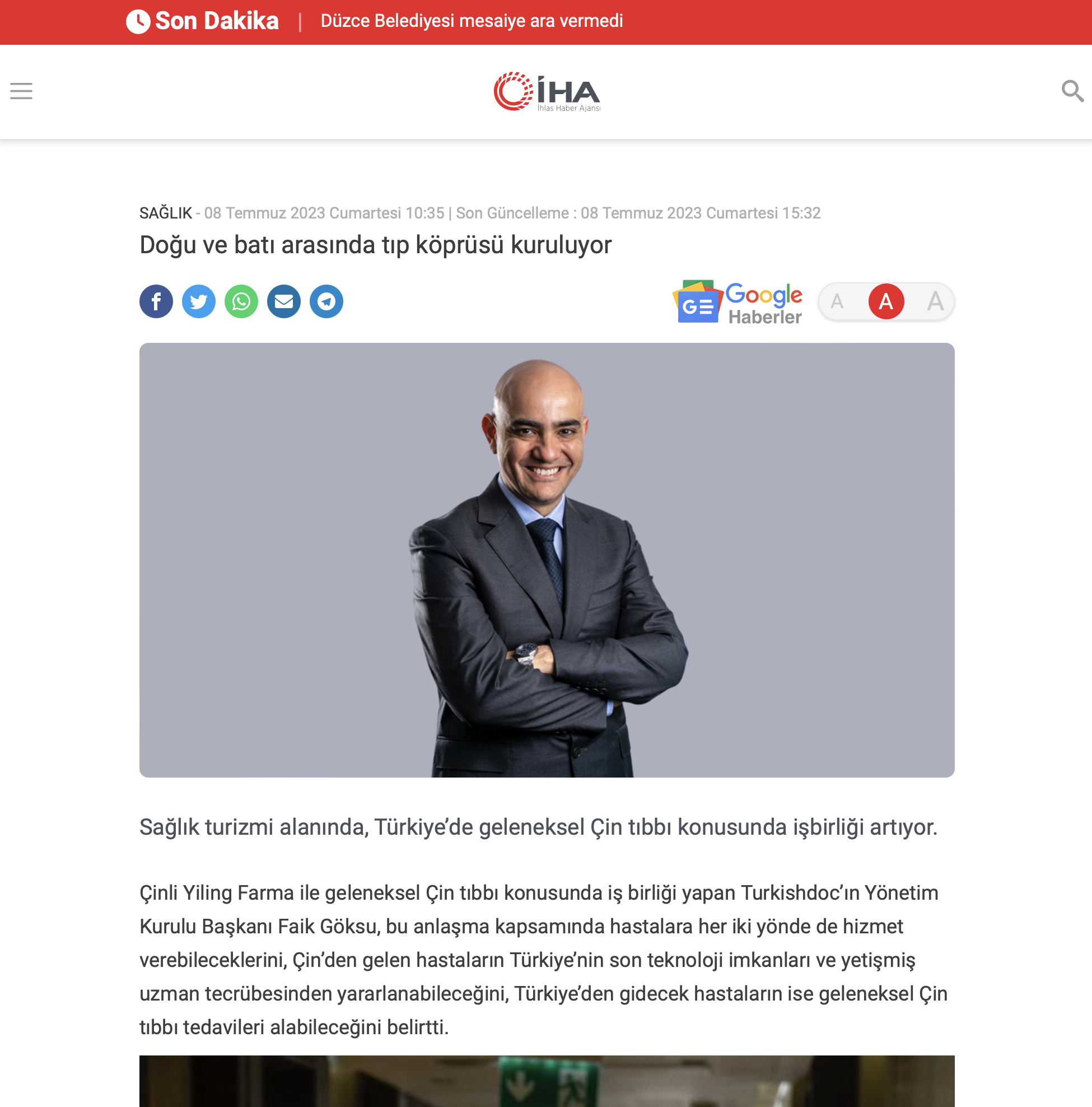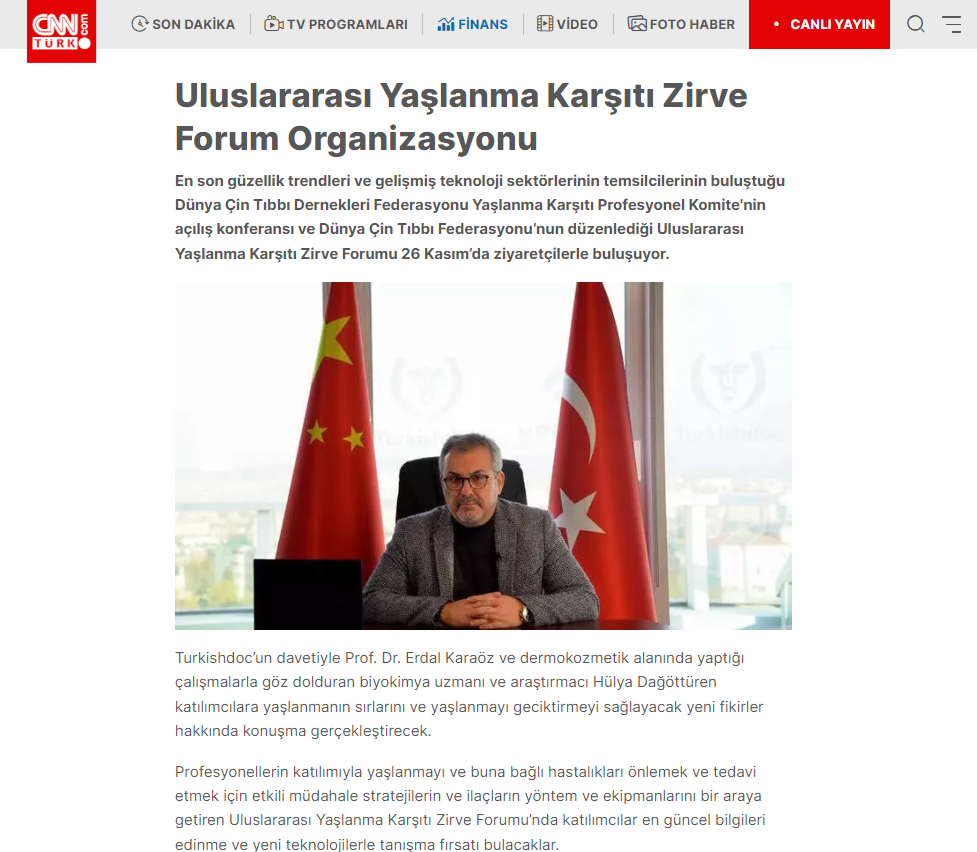Turkishdoc
All Answers Regarding Hair Transplantation in Turkey (Updated 2023)
Are you considering hair transplant in Turkey but have unanswered questions? Our updated 2023 guide has everything you need to know about hair transplantation in Turkey. With years of experience and expertise, we’ve gathered all the answers to your most pressing concerns. From the cost of procedures to the latest techniques and technologies, our comprehensive guide will provide you with all the information you need to make an informed decision about your hair transplant in Turkey.
How Long Does Hair Transplantation Take?
Hair transplantation is a surgical procedure that is frequently used to address hair loss issues. While the results of hair transplant are long-lasting, many people may wonder how long the actual procedure takes. Well, the answer to that question depends on various factors.
The length of the procedure depends on the technique used, the size of the area to be treated, and the number of grafts required.
How Is Hair Transplant Surgery Done?
A hair transplant procedure involves the transfer of hair follicles from a donor site (typically the back or sides of the head where hair is more resistant to balding) to a recipient site (the area of thinning or baldness).
After hair transplant surgery, patients may experience some discomfort or pain but this usually subsides within a few days. It’s also important to follow post-operative instructions carefully so as to ensure successful healing and minimize any potential complications.
Follicular Unit Transplantation (FUT) and Follicular Unit Extraction (FUE) are the two most popular hair transplantation techniques.
Follicular Unit Transplantation (FUT)
This method involves removing a strip of tissue from the donor area, from which individual hair follicles are then dissected under a microscope. These follicles are subsequently implanted into the recipient area. A FUT procedure typically takes between 4 to 8 hours.
Follicular Unit Extraction (FUE)
In this technique, individual hair follicles are directly extracted from the donor area and implanted into the recipient area. This process is more time-consuming than FUT and can take anywhere from 4 to 14 hours, or even be spread over two consecutive days, depending on the number of grafts required.
How Successful Is Hair Transplant Surgery?
The success rate of hair transplant surgery largely depends on several factors such as the skill and experience of the surgeon, individual patient characteristics, and post-operative care. Generally speaking, modern hair transplant techniques have proven to be highly successful with most patients achieving significant improvements in their hair density.
According to studies, around 80-90% of patients who undergo a hair transplant procedure are satisfied with their results. However, it’s worth noting that results can vary from person to person and some individuals may require additional procedures to achieve their desired outcome.
In conclusion, while no medical procedure can guarantee 100% success, hair transplant surgery has proven to be a safe and effective option for those seeking a permanent solution for their hair loss concerns.
Can Hair Be Removed Immediately After Hair Transplantation?
Absolutely, understanding the post-operative care after a hair transplantation surgery is vital for its success and the overall health of your scalp. The question of whether hair can be removed immediately after a hair transplantation is a common one, so let’s delve into it in detail.
The immediate post-operative period is usually characterized by the formation of scabs around the hair grafts, which generally fall off within a week or two. It’s essential not to pick or scratch these scabs, as doing so might dislodge the w. During this time, washing should also be done very gently to avoid damaging the new hair grafts.
Generally, about two to three weeks post-transplantation, patients might notice what is often referred to as “shock loss.” This term refers to the shedding of the transplanted hairs, which is a normal part of the process. The hair roots remain in the scalp, go into a resting phase, and will start producing new hairs in a few months.
In conclusion, patience is key after a hair transplant. Avoid rushing the process and instead focus on proper care and following the surgeon’s post-operative instructions to allow for optimal hair growth.











